“We believe the training and collaboration with teachers around the world will be absolute key to increasing the adoption more rapidly, and could easily lead to millions of students using VR globally to learn science more effectively.” – Michael Bodekaer Jensen
Will all students one day have the opportunity to explore the world from within their classroom walls? Worldwide shipments for augmented reality and virtual reality headsets will grow to 68.9 million units in 2022, with a five-year compound annual growth rate of 52.5%, according to the latest forecast from the International Data Corporation Worldwide Quarterly Augmented and Virtual Reality Headset Tracker. Ever seen the level of engagement achieved when kids and adults play video games? Just imagine if we could entice learners by allowing them to participate in content that delivers a completely immersive and as well as fun experience.
Michael Bodekaer Jensen has a passion for bridging the gap between education and technology by providing access to unique education opportunities to students. His company, Labster, produces virtual lab simulations for educators to empower their Biology, Chemistry, and Physics students. Labster is working closely with Google as a partner in advancing the adoption of VR in the classroom and working closely with teachers and institutions to gather valuable feedback on how we can advance the adoption further. Michael joins us in The Global Search for Education to share his perspectives on the future of virtual simulations and virtual reality in learning environments.
“The students will get to experience science in a whole new way, fully immersed in the incredible world of biology, by for instance solving real-world global challenges they get to experience close-up or by traveling to the inner depth of cells and see and experience how DNA, molecules and enzymes brings cells to life.” – Michael Bodekaer Jensen
Michael, what VR endeavors are you currently focused on, and when can we expect to experience them?
We are focused on Biology, Chemistry and Physics. These fields also overlap with Medicine and Nursing, and help cover some parts of these degrees as well. Our Digital Biology Degree will launch this August, with the world’s first fully online VR-enabled biology college degree, together with our close partner institutions. In addition to this, we are working on a Builder tool, enabling anyone to build high quality and immersive VR and browser-based 3D learning simulations without any development skills required. This means that teachers and students will in the near future be able to build their own simulations. This will be launched later this year in closed beta with our partner institutions.
How many institutions and students do you estimate are currently using VR technology in learning environments and how do you believe this market will grow in the next 5 years?
This is a very good question. VR adoption is rapidly increasing, especially thanks to programs like Google Expeditions and Tour Creator, enabling teachers to build their own VR tours. We are proud to be working closely with Google as a partner in advancing the adoption of VR in the classroom and working closely with teachers and institutions to gather valuable feedback on how we can advance the adoption further. We believe the training and collaboration with teachers around the world will be absolute key to increasing the adoption more rapidly, and could easily lead to millions of students using VR globally to learn science more effectively.
In terms of how many teachers in general use VR globally and in 5 years, I recommend you rely on research organizations that provide estimates on this. I can only speak for our own partner institutions and the adoption we see there, which is very positive.
Are these generally proprietary systems or do they use existing commercial technology, such as Oculus Rift or other existing tools? Have you contemplated creating software applications for the existing VR systems of Facebook, Sony, or HTC?
Generally, existing commercially available headsets are used, as these often are available at the lowest price-point. We are especially excited at Labster for the high-quality, 6-degrees of freedom, low-cost mobile VR headsets at ~350-400 USD, such as Lenovo Mirage, as these provide schools and students with a high-end VR experience at a very low price-point. Since price is key for adoption in most institutions, we only focus on low-cost commercially available mobile VR headsets, such as the Daydream-Ready phones and the Lenovo Mirage.
Your vision is to replace the role of textbooks for science education with a more interactive learning experience enabled by virtual simulations of lab equipment and experiments. How will you enable us to “literally step inside the virtual world”?
To clarify, we aim to supplement existing science education such as textbooks and classroom teachers, by building learning simulations that both empower the students through interactive immersive learning, and the teachers with the data and student-insights they need to provide the best possible teaching, coaching and mentoring for their students.
The students will get to experience science in a whole new way, fully immersed in the incredible world of biology, by for instance solving real-world global challenges they get to experience close-up or by traveling to the inner depth of cells and see and experience how DNA, molecules and enzymes brings cells to life. Students will also get unlimited access to different otherwise expensive cutting-edge laboratory equipment, such as Electron and Confocal Microscopes. They will be able to perform and learn from animal tests without harming any animals in the process. All our simulations are fully vegan!
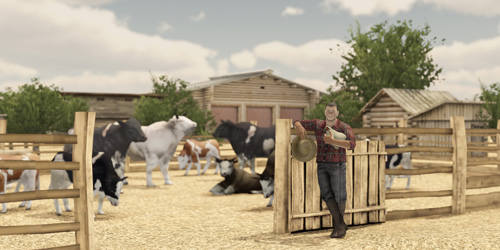
“I believe we will see teachers being empowered through far greater insights into their individual students’ skills levels, which allow them to provide better individualized coaching and mentoring to each student, and through this, ensure each student receives the best possible education given their individual progression and learning style.” – Michael Bodekaer Jensen
Are you mainly focused on Science? What’s the potential to improve and enhance classroom learning experiences in other subject areas with VR and what are the challenges to make this technology accessible for all students?
Yes. We focus on science. There is great potential for VR in any subject area, where teaching today is either expensive, dangerous, impossible or time-consuming to handle in a classroom. The primary challenge up until 2018 has been to create VR hardware that doesn’t cause motion sickness for students, at a low enough price-point where students and institutions can afford the hardware. With the Lenovo Mirage 6-degrees of freedom, mobile VR headset, at a 350-400 USD price point, we see that 2018 is the year where this important hardware barrier has been overcome.The next important barrier is to ensure teachers are provided with good training and learning opportunities on how to best leverage VR as part of their classroom teaching, and how to merge it into their existing lectures. We work closely with our partners to ensure the teachers receive this important coaching and training where needed.
Imagine a virtual reality classroom 5 years from now. Will it be a location based classroom or an anytime/anywhere experience for individuals? What will the students be doing? What role will the teachers have? What will the group involvement and team collaboration look like?
This is a very interesting question, and the answer greatly depends on the feedback we receive from teachers and students over the coming years on how we can best improve the VR experience to support their lectures and teaching. I believe we will see teachers being empowered through far greater insights into their individual students’ skills levels, which allow them to provide better individualized coaching and mentoring to each student, and through this, ensure each student receives the best possible education given their individual progression and learning style. Teachers and groups will also be able to collaborate actively within the VR worlds in sessions, where e.g. the teacher or teacher assistants can be available on-call whenever any student requests assistance during their VR training sessions, and letting the teachers teleport in and observe how each individual student or group is progressing with their learning.
This also means that VR sessions could be done as anytime anywhere homework sessions, and allow the teachers to leverage the limited classroom time for collaborative in-person group work sessions.
Current headsets suffer from various issues, such as bulkiness, need to be connected with computers or videogame hardware, as well as physical discomfort of users, such as nausea. How do you see technology evolving to facilitate a more seamless learning experience?
I believe Lenovo Mirage is the first VR headset to solve this challenge at an affordable price-point. We will see many more such headsets in the coming years, and within a few years the price will eventually go below $100.
C. M. Rubin and Michael Bodekaer Jensen
Join me and globally renowned thought leaders including Sir Michael Barber (UK), Dr. Michael Block (U.S.), Dr. Leon Botstein (U.S.), Professor Clay Christensen (U.S.), Dr. Linda Darling-Hammond (U.S.), Dr. MadhavChavan (India), Charles Fadel (U.S.), Professor Michael Fullan (Canada), Professor Howard Gardner (U.S.), Professor Andy Hargreaves (U.S.), Professor Yvonne Hellman (The Netherlands), Professor Kristin Helstad (Norway), Jean Hendrickson (U.S.), Professor Rose Hipkins (New Zealand), Professor Cornelia Hoogland (Canada), Honourable Jeff Johnson (Canada), Mme. Chantal Kaufmann (Belgium), Dr. EijaKauppinen (Finland), State Secretary TapioKosunen (Finland), Professor Dominique Lafontaine (Belgium), Professor Hugh Lauder (UK), Lord Ken Macdonald (UK), Professor Geoff Masters (Australia), Professor Barry McGaw (Australia), Shiv Nadar (India), Professor R. Natarajan (India), Dr. Pak Tee Ng (Singapore), Dr. Denise Pope (US), Sridhar Rajagopalan (India), Dr. Diane Ravitch (U.S.), Richard Wilson Riley (U.S.), Sir Ken Robinson (UK), Professor Pasi Sahlberg (Finland), Professor Manabu Sato (Japan), Andreas Schleicher (PISA, OECD), Dr. Anthony Seldon (UK), Dr. David Shaffer (U.S.), Dr. Kirsten Sivesind (Norway), Chancellor Stephen Spahn (U.S.), Yves Theze (LyceeFrancais U.S.), Professor Charles Ungerleider (Canada), Professor Tony Wagner (U.S.), Sir David Watson (UK), Professor Dylan Wiliam (UK), Dr. Mark Wormald (UK), Professor Theo Wubbels (The Netherlands), Professor Michael Young (UK), and Professor Minxuan Zhang (China) as they explore the big picture education questions that all nations face today.
The Global Search for Education Community Page
C. M. Rubin is the author of two widely read online series for which she received a 2011 Upton Sinclair award, “The Global Search for Education” and “How Will We Read?” She is also the author of three bestselling books, includingThe Real Alice in Wonderland, is the publisher of CMRubinWorld and is a Disruptor Foundation Fellow.
Follow C. M. Rubin on Twitter: www.twitter.com/@cmrubinworld


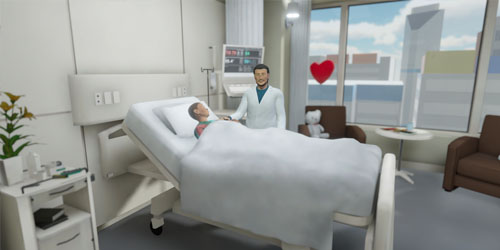

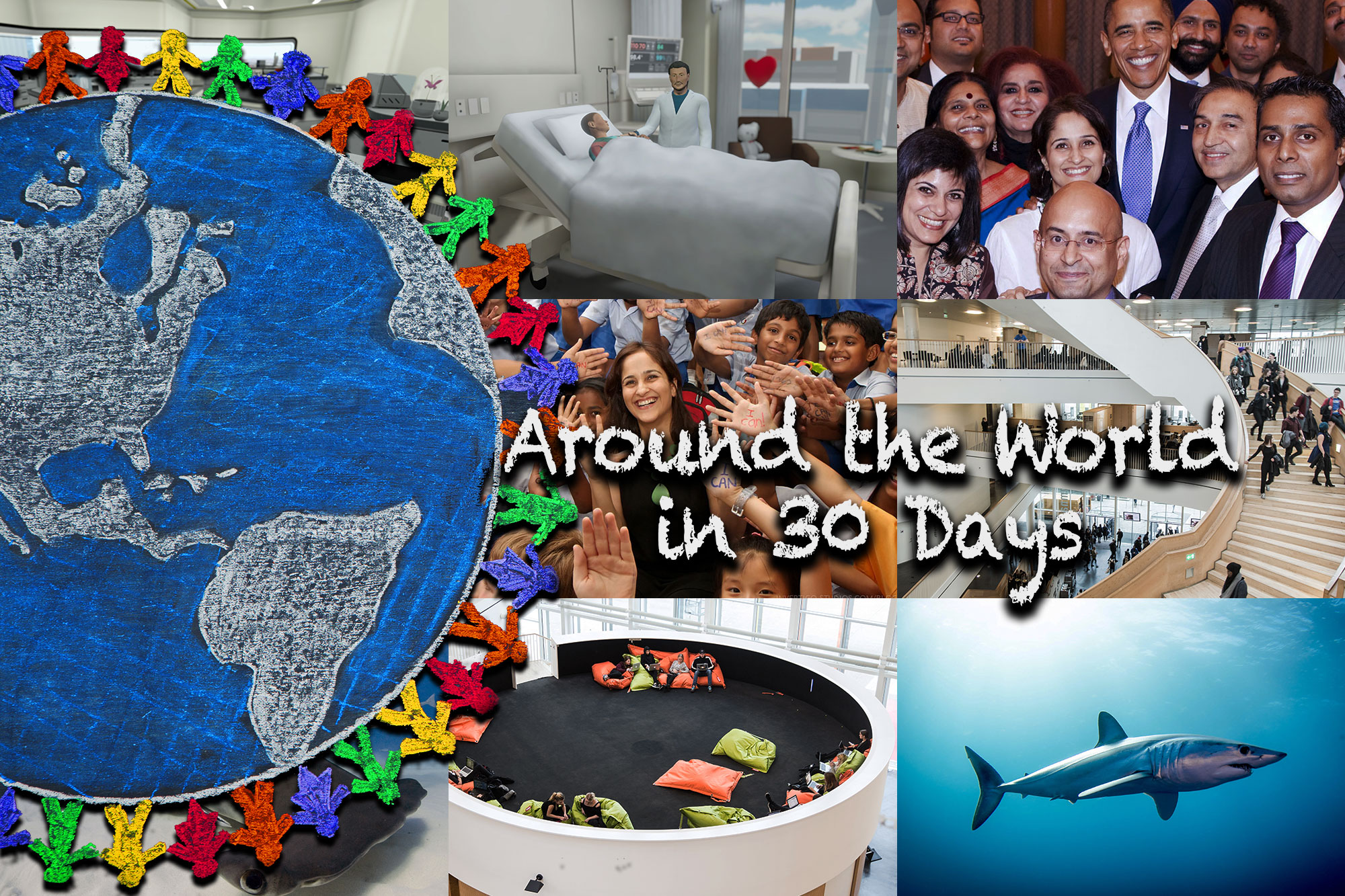
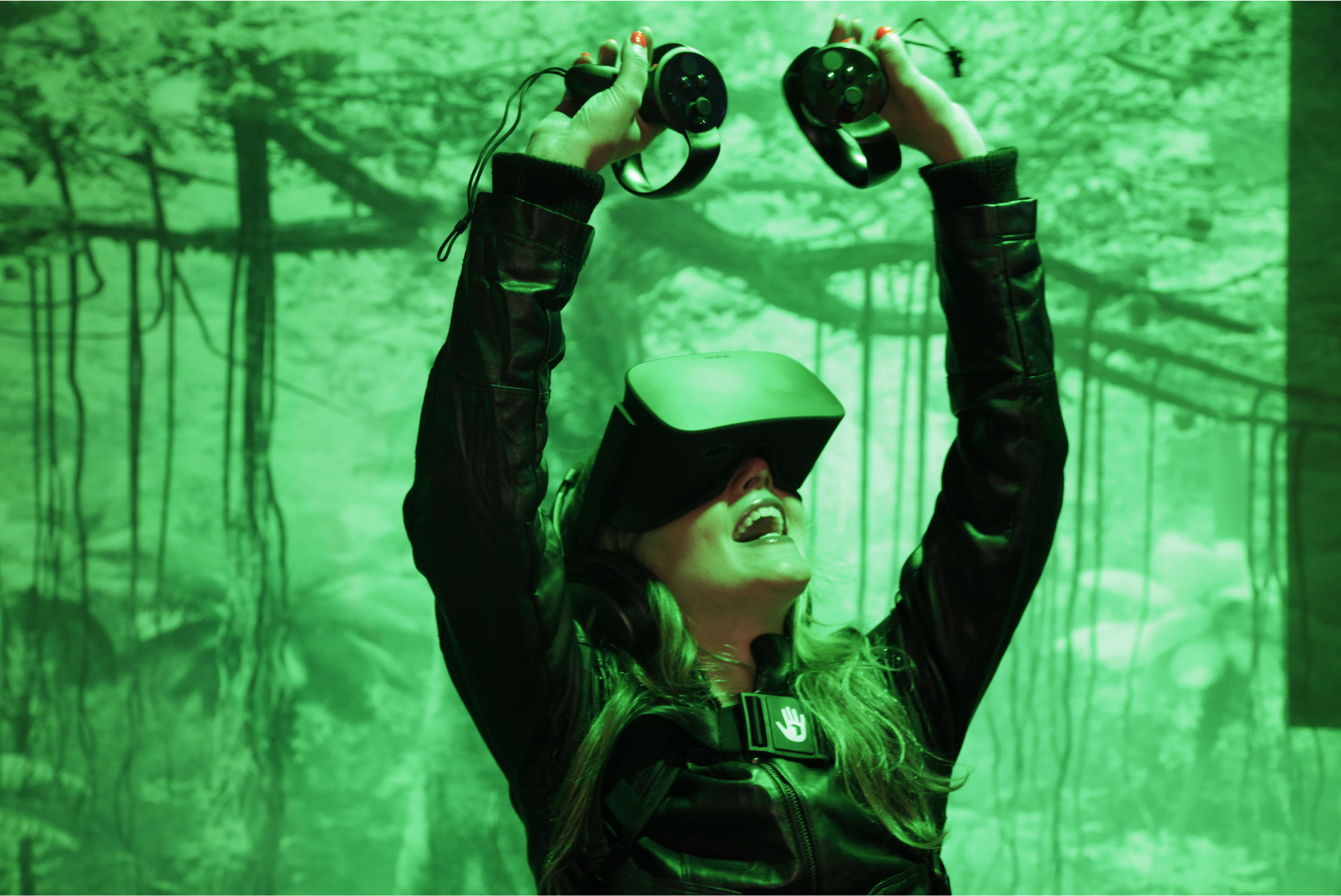
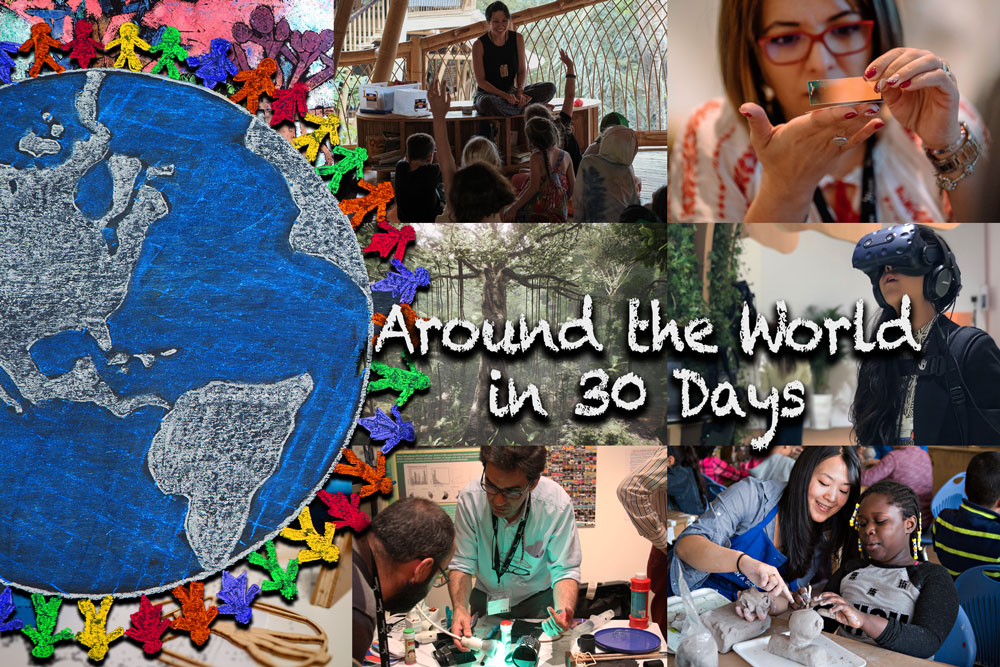
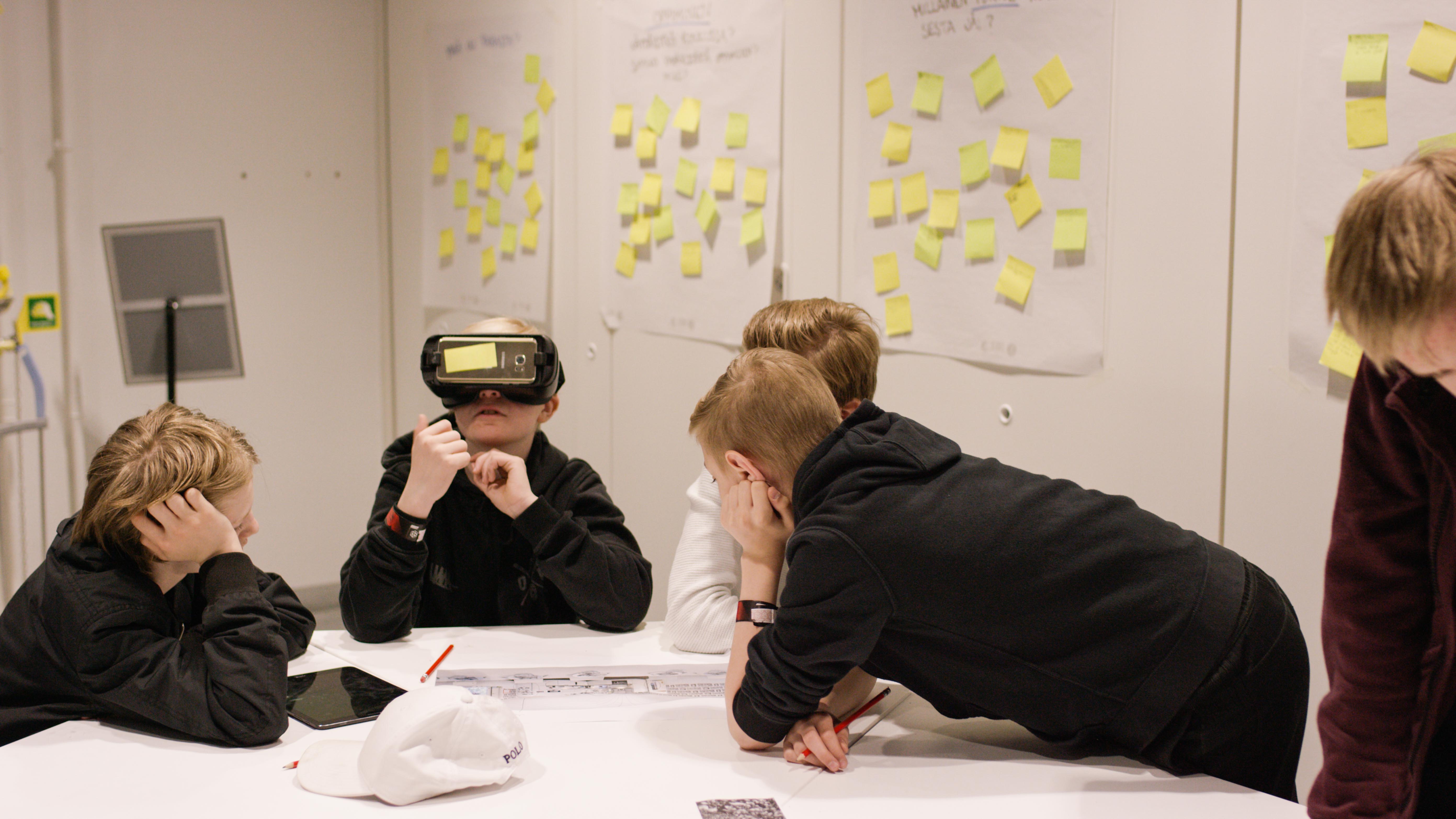
Recent Comments